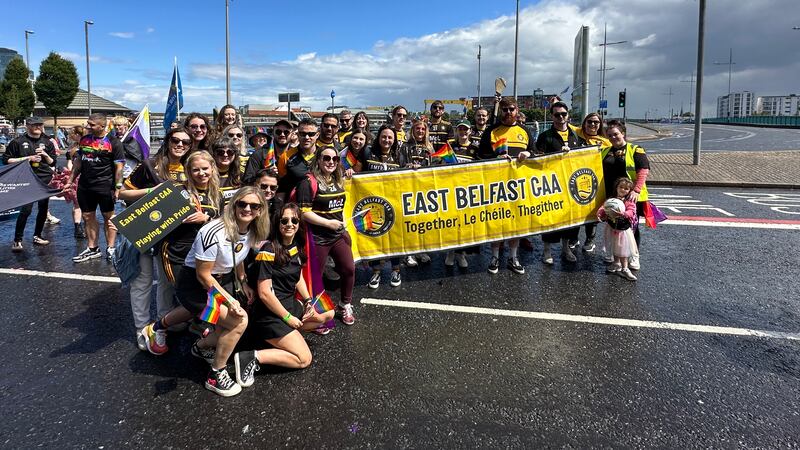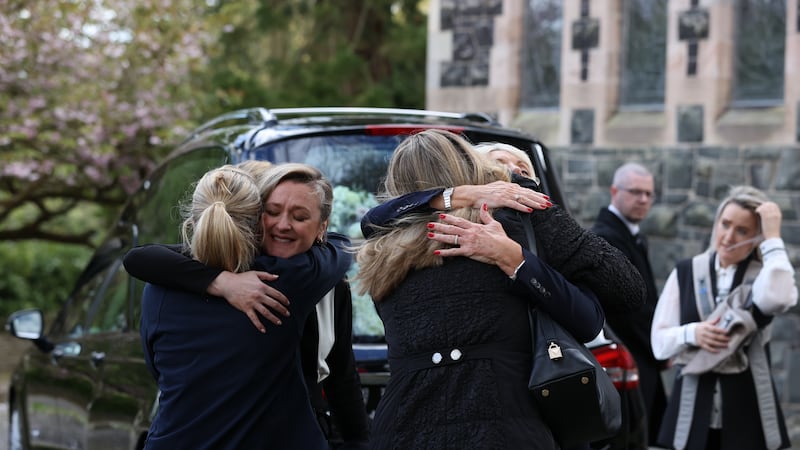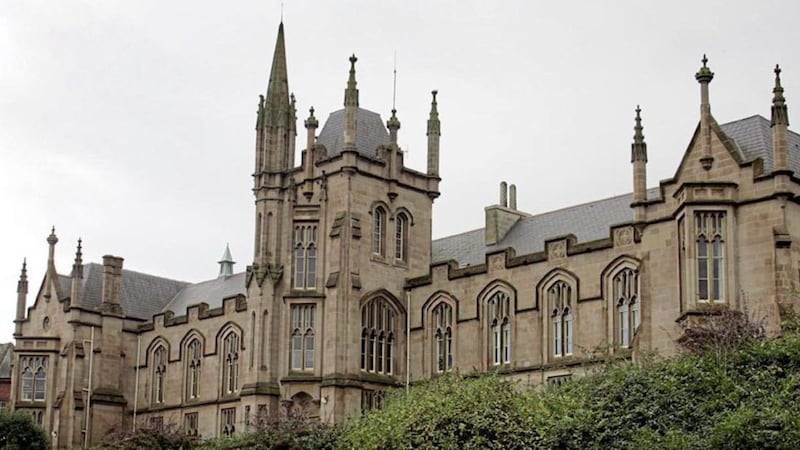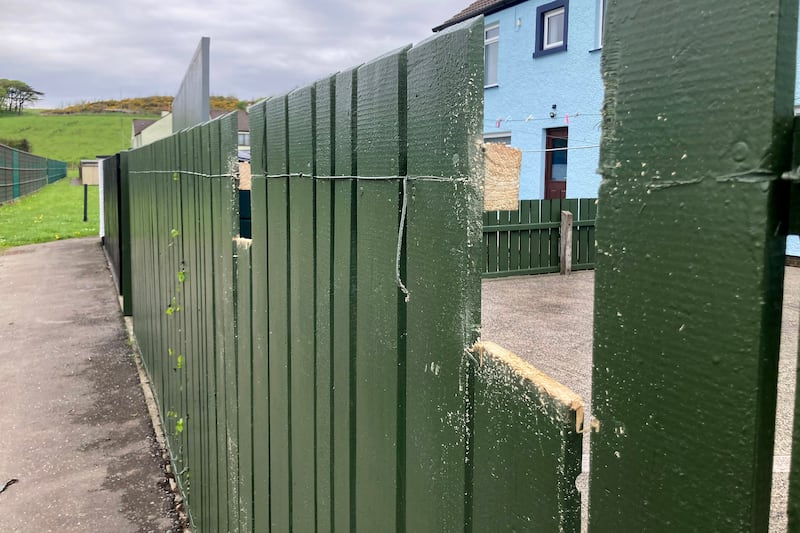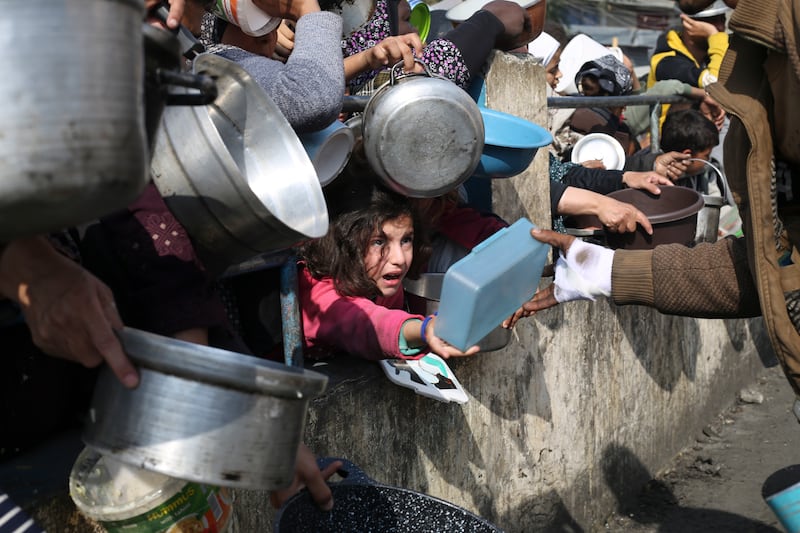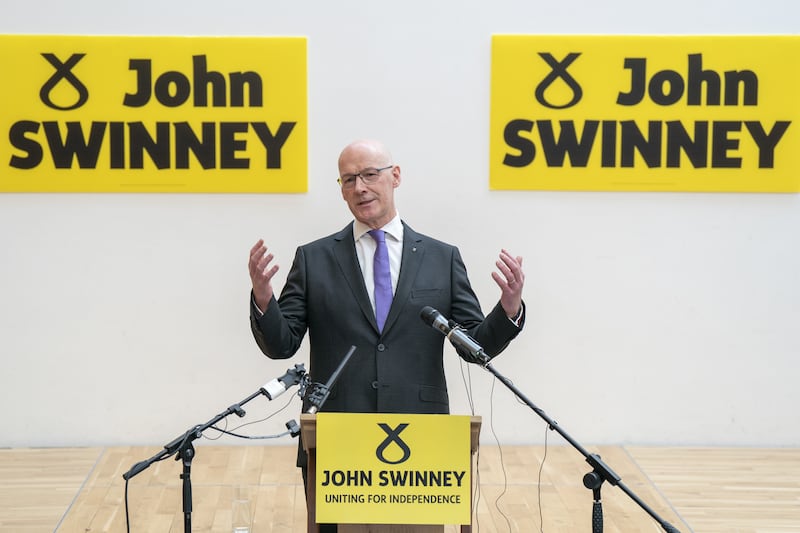A sports club’s development plan wouldn’t normally excite much attention beyond its own membership. East Belfast GAA is, however, a little different.
In its short existence - the club itself dates its foundation to a tweet sent in May 2020, appealing for players, coaches and administrative support from “all ages, genders and backgrounds” - East Belfast GAA has enjoyed exponential growth, going from zero to more than 400 members.
It has reintroduced Gaelic games to the east of the city for the first time since the Troubles, and has had notable success in appealing to people who would not traditionally have considered joining a GAA club.
- East Belfast GAC seeking 15 acres of land to build permanent base for sport and community hubOpens in new window
- East Belfast GAC commended for outreach work as Ulster GAA reiterate Casement commitment in 2024-2028 strategic planOpens in new window
- East Belfast GAA celebrate the ‘Hamely Tongue’ in first event of its kindOpens in new window
This spirit of outreach and togetherness is captured in the club’s motto, ‘together, le chéile, thegither’, which includes English, Irish and Ulster-Scots to reflect different identities in an increasingly diverse area.
This is emphasised by the famous Harland & Wolff cranes, Samson and Goliath, being featured on the club’s emblem. In earlier decades, the shipyard and its iconic cranes would have been symbols of a part of the city that was emphatically Protestant and unionist. East Belfast, of course, still has a proud Protestant and unionist population, but it is important to acknowledge the area has experienced many changes, demographic and otherwise, since the early years of the Troubles when the cranes were erected.
East Belfast GAA’s spirit of outreach and togetherness is captured in the club’s motto, ‘together, le chéile, thegither’, which includes English, Irish and Ulster-Scots to reflect different identities in an increasingly diverse area
Positive change can sometimes be hard to discern in Northern Ireland, but East Belfast GAA provides a fine example of how far we have in fact travelled.
Sadly, not everyone has been captured by the feel-good factor. The club has been dogged by disgraceful episodes of intimidation, including hoax bomb alerts and denunciations from failed election candidates representing fringe loyalist views. One of the most depressing setbacks came last year, when a primary school felt forced into ending an arrangement with the club because of a social media campaign.
- Will the Stormont Executive make unenviable, unpopular and difficult decisions about squeezing public services? - The Irish News viewOpens in new window
- From Snapchat and Facebook to Instagram and TikTok, we need to talk more about keeping children safe online - The Irish News viewOpens in new window
- Jarlath Burns: Casement Park just part of a broader agenda that includes tackling the future of football and reaching out - The Irish News viewOpens in new window
Unbowed, East Belfast GAA has now launched its first development plan, outlining an ambitious set of aims and objectives for the next three years.
This includes securing a 15 acre site to develop its own pitches and as a permanent home for its activities. Raising awareness of Irish and Ulster Scots language and culture is another goal, and it wants to appoint an ‘Ulster Scots champion’.
Chairperson Kimberly Robertson says that inclusivity is at the heart of the club, and few could disagree with her statement that “sport has the power to unite people from all backgrounds and walks of life”.
Sport provides huge benefits, from boosting physical and mental health to building life skills and bringing people together. We need more of it, whether that be at the grassroots level with East Belfast GAA or provincially, by building Casement Park.
